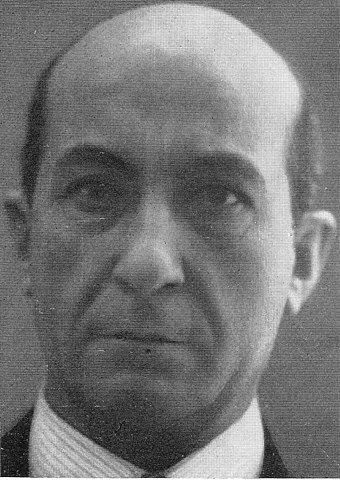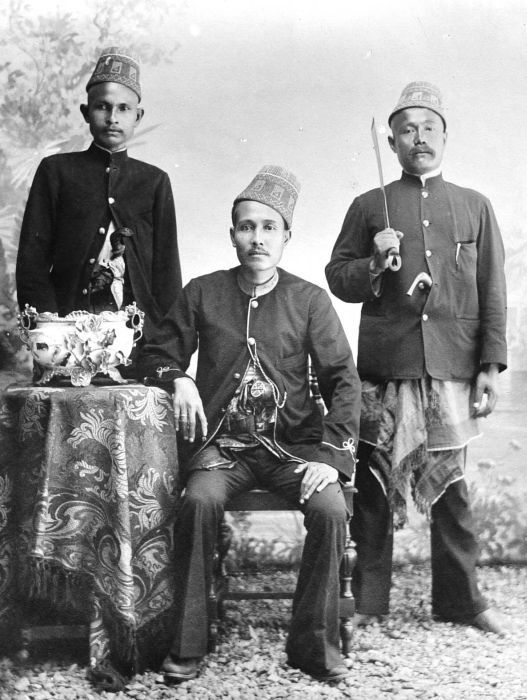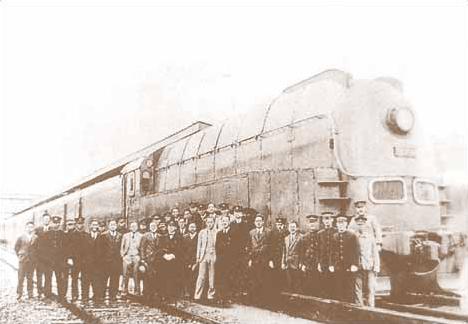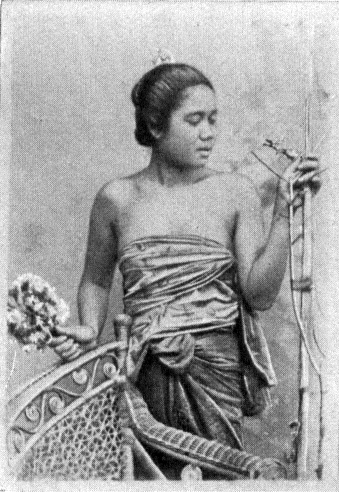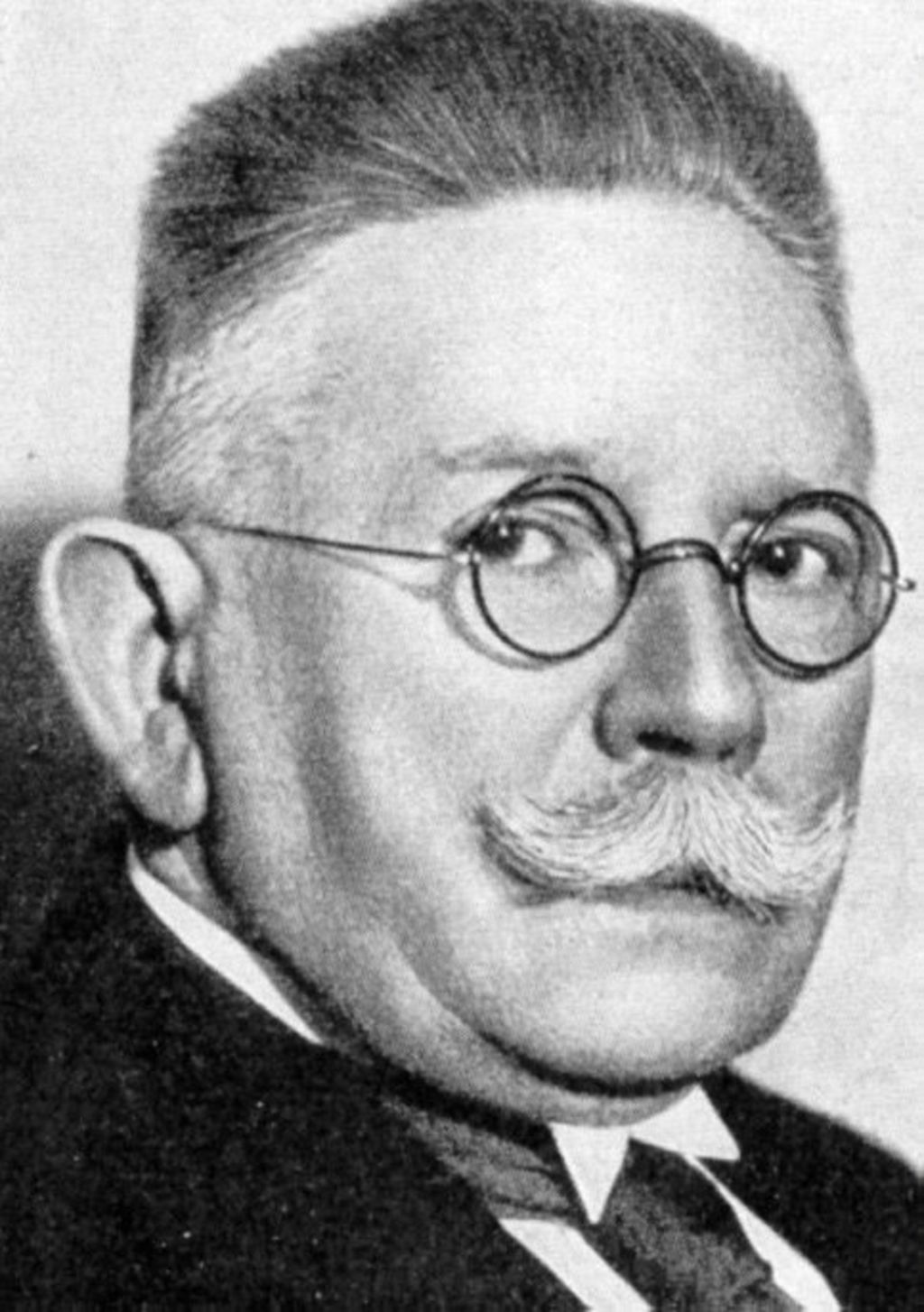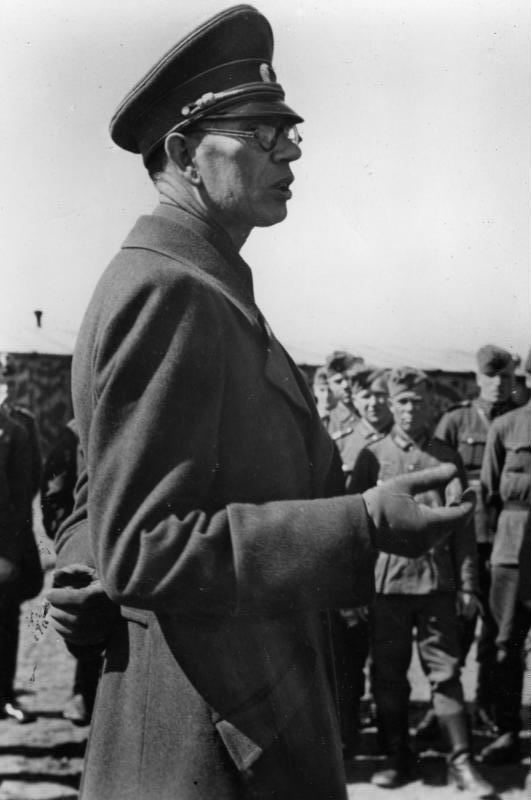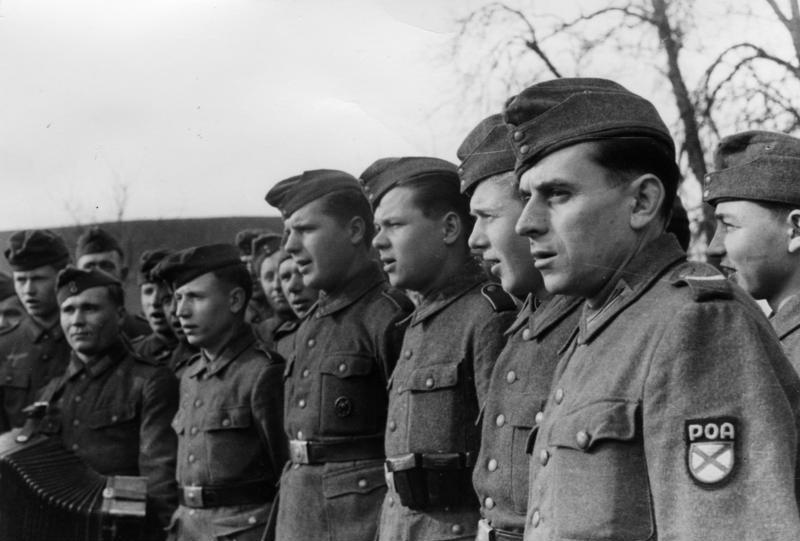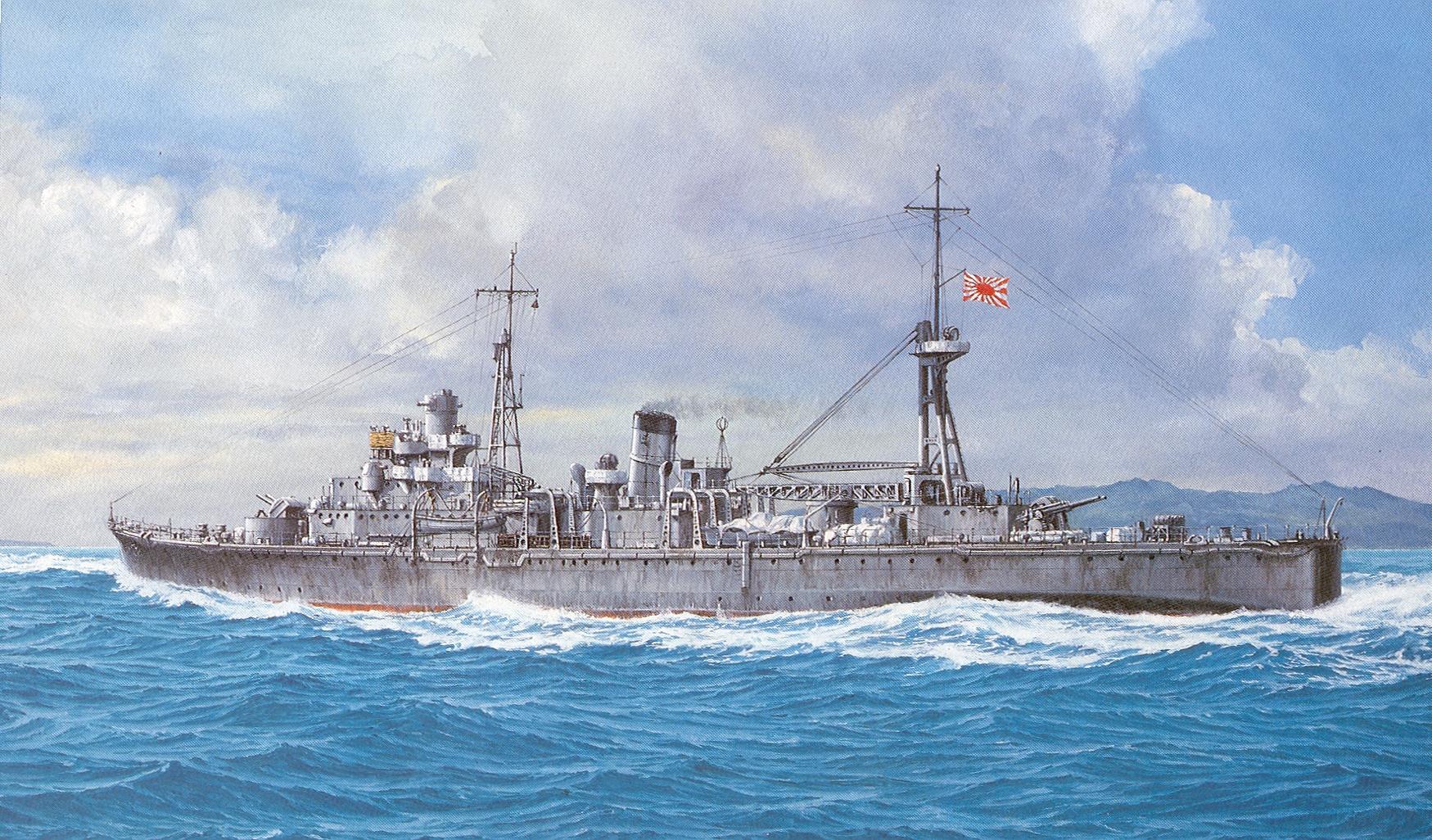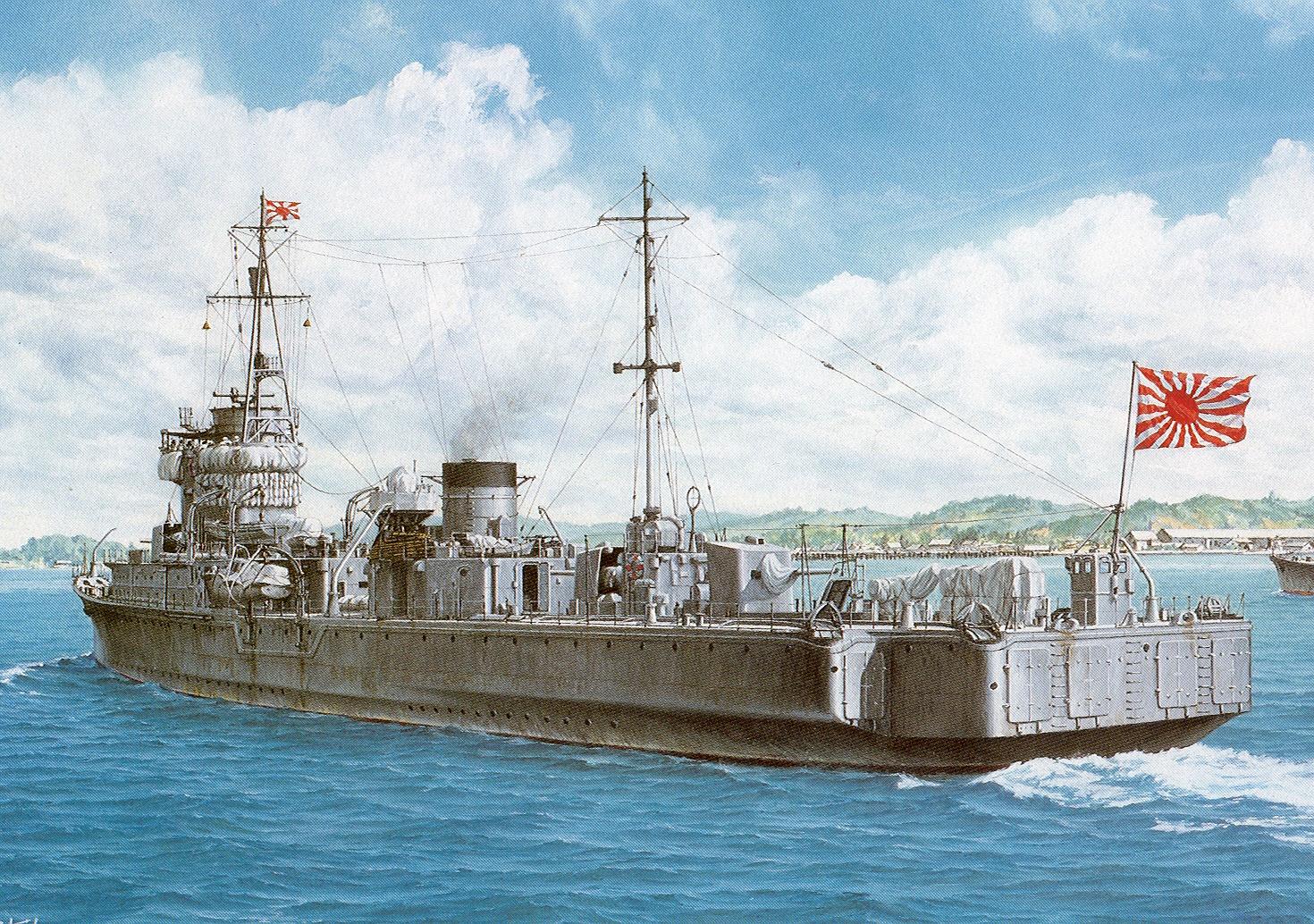Chapter 493: Coprospist States: the Empire of Yankoku
Chapter 493: Coprospist States: the Empire of Yankoku:

Original opposing of the Japanese Invasion of Manchuria and Inner Mongolia, Yan Xishan knew that that he still needed at least until 1941 to prepare for their assault against him. However his support for anti-Japanese riots and his arming of anti-Japanese rebels in Manchuria. However in 1934, when Yan accused the Japanese of desiring to conquer all of China over the next two decade in a open letter. However the autonomy the Japanese proclaimed could already seen in Manchuria, they even had installed the Empire of Chosen (Korea) again and so Yan Xishan many others inside Northern China were at least a little bit pro-Japanese and would partly subordinate themselves to the Japanese in exchange for protection from Chiang Kai-shek. Because of this Yan entered into negotiations with the Japanese in 1934, quiet enthusiastic about his new autonomy as the Japanese promised him to controll over all of Hebei, Shanxi, Pingyuan and Shandong. Knowing that Chiang Kai-shek had abandoned and sacrificed northern China to avoid fighting the Japanese in the He-Umezu Agreement, Yan knew the Kuominang would not fight against the Japanese if they invaded him too. So with support and the help of Yan Xishan, the Japanese created the Empire of Yankoku (also Yankukuo or Yanjiang), named after the ancient Chinese Yan state in the Area as well as after Yan Xishan himself, Yan became known as Emperor Yan or Father Yan, the founder of a new independent nation that quickly joined the Co-Prosperity Sphere alongside Japan, Chosen, Manchuria and Mengjiang. Residing in the former Palace of Beijing (Peiping). Yan Xishan then used the Japanese Zeibatsu (Conglomerates) to further industrialise and modernise his nation alongside the companes he established himself with their help.
Knowing that Communism would have much support among his citizens, Yan sended his Imperial Yan Army out against them, organized the gentry and village authorities into anti-corruption and anti-communist political organizations and undertook a large-scale program of land reform. Still aroung 34,000 Communist troops led by Liu Zhidan and Xu Haidong, but Japanese reinforcements soon forced most of this Communist Forces to withdraw, while some formed partisan forces against Yankoku. At the same time Yan had given up on Suiyuan, in exchange for the other controlled territory the Japanese gave him in the East, Suiyuan was therefore given to Mengjiang as a part of their Inner Mongolian territories. To strenghten his Imperial Yankoku Army against further communist infiltrations and campaigns, Yan used Japanese advicers, trainers and officers and even forced all students to undergo several months of compulsive military training and formed an informal alliance with the Communists for the purpose of fighting the Communists. Mao's Communists meanwhile sabotated a supply depot in Datong and Yan used his best troops and most able generals, including Zhao Chengshou and Yan's son-in-law, Wang Jingguo, under the command of Fu Zuoyi to fight against the Communists. Yan's victories in Suiyuan over the Communist forces were praised by Chinese newspapers and magazines, other warlords and political leaders, and many members of the Chinese public.
However under Father Yan, who saw the whole nation of Yankoku as his Children, other poliical parties and groups were not existing, only the Yan Family (Yan Clique). Yan Xishan was therefore in constant search to improve the morale and loyality of the people in his state. Believing that no single ideology existed to unify his people at the time that he came to power, Yan attempted to generate an ideal ideology himself, and once boasted that he had succeeded in creating a comprehensive system of belief that embodied the best features of militarism, nationalism, anarchism, democracy, capitalism, communism, individualism, imperialism, universalism, paternalism and utopianism". Much of Yan's attempts to spread his ideology were through a network of semi-religious organizations known as "Heart-Washing Societies". He supported Confucian virtues of moderation and harmony under the Confucian Doctrine of the Mean and he saw himself as Junzi, the epitome of Confucian virtue. Yan's interpretations of Confucianism were mostly borrowed from the form of Neo-Confucianism that was popular in the Qing dynasty. He taught that everyone had a capacity for innate goodness, but that in order to fulfill this capacity people had to subordinate their emotions and desires to the control of their conscience. He admired the Ming dynasty philosophers Lu Jiuyuan and Wang Yangming, who disparaged knowledge and urged men to act on the basis of their intuition. Because Yan believed that human beings could only achieve their potentials through intense self-criticism and self-cultivation, he established in every town a Heart-Washing Society, whose members gathered each Sunday to meditate and listen to sermons based on the themes of the Confucian classics. Everyone at these meetings was supposed to rise and confess aloud his misdeeds of the past week, inviting criticism from the other members.

Yan attributed much of the West's vitality to Christianity, and believed that China could only resist and overtake the West by generating an ideological tradition that was equally inspiring. He appreciated the efforts of missionaries to educate and modernize Shanxi. He regularly addressed the graduating classes of these schools, but was generally unsuccessful in recruiting these students to serve his regime. Yan supported the indigenous Christian church in Taiyuan, and at one time seriously considered using Christian chaplains in his army. His public support of Christianity waned after 1925, when he failed to come to the defense of Christians during anti-foreigner and anti-Christian demonstrations that polarized Taiyuan. Yan deliberately organized many features of his Heart-Washing Society on the Christian church, including ending each service with hymns praising Confucius. He urged his subjects to place their faith in a supreme being that he called "Shangdi": he justified his belief in Shangdi via the Confucian classics, but described Shangdi in terms very similar to the Christian interpretation of God. Like Christianity, Yan Xishan Thought was permeated with the belief that, through accepting his ideology, people could become regenerated or reborn. In 1911, Yan came to power in Shanxi as a disciple of Chinese nationalism, but subsequently came to view nationalism as merely another set of ideas that could be used to achieve his own objectives. He stated that the primary goal of the Heart-Washing Society was to encourage Chinese patriotism by reviving the Confucian church, leading foreigners to accuse him of attempting to create a Chinese version of Shinto. The Japanese who later believed this to supported his efforts and Yan Xishan mixed traditional Chinese Faith, Confucianism, Christian ideas of God and Shintoism into his new faith. Yan told his people, that the principles of nationalism and democracy was not as important as the principles of virtue and knowledge unlike Sun Yat-sen believed. Values like honesty, friendliness, dignity, diligence, modesty, thrift, personal neatness and obedience were encouraged.
Yan Xishan's own version of Coprospism borrowed many ideas from the Soviet Union, like his own five-year plan, using state control of industry and finance, and he was successful in bringing most major industry and commerce under state control by the late 1930s. Yan then suppored the economic distribution according to labour. When the threat of Chinese Communists became a significant threat to Yan's rule, he defended the Communists as courageous and self-sacrificing fanatics who were different from common bandits (contrary to Kuomintang propaganda) and whose challenge must be met by social and economic reforms that alleviated the conditions responsible for communism. Similar to Marx, Yan wanted to eliminate what he saw as unearned profit by restructuring Yankoku's economy to reward only those who worked. Unlike Marx, Yan reinterpreted Communism to correct what he believed was Marxism's chief flaw: the inevitability of class warfare. Yan praised Marx for his analysis of the material aspects of human society, but professed to believe that there was a moral and spiritual unity of mankind that implied that a state of harmony was closer to the human ideal than conflict. By rejecting economic determinism in favor of morality and free will, Yan hoped to create a society that would be more productive and less violent than he perceived communism to be, while avoiding the exploitation and human misery that he believed was the inevitable result of capitalism. Because of this Yan interpreted Roosevelt's New Deal as promoting socialism in order to combat the spread of communism. "The New Deal is an effective way of stopping communism," Yan said, "by having the government step in and ride roughshod over the interests of the rich." Yan then undertook a series of public works projects inspired by the New Deal in order to reduce unemployment in his own province. In his very own form of Coprospism, Yan mixed all this ideals to form his own perfect version, Yan Xishan Thought or Yanism. He used major reforms and strictly controlled his officials, if they abused their power and encouraged them to teach his ideology, so it would become popular among his 84,950,000 citizens and the common people. With the help of the Japanese and their combined propaganda, Yan's ideals were explained in easy words, not to for the common people.
To do so Yan Xishan published two books after his ; first "Our Father Yan", were he explained his traditionalist and dictatorical rule similar to a strict but loving father. His Kuomintang, Traditional and even some leftover remnants and influence from the former Zhilin Clique and the Fengtian Clique (pro-Japanese) could be seen in the book. He explained that every member of a family or clan was also a member of the greater Yan ethnic group and their nation state, that it was all the same on different levels. His Imperial Yankoku Army however was as the book showed too, influenced partly by the Imperial Japanese Army, as well as the former Guominjun (National People's Army) of the former region. Yan Xishans second book in the meantime was called "Shangdi", a sort of Yan Xishan Bible, or Quran, were Father Yan mixed Confucianism, with traditional Chinese Faith and Spirit believes, Spirituality, Christian views of god and Shintoist elements. The book promoted Shangdiism as it's own religion and formed the Heart-Washing Society into the Shangdiist into it's own religion and people's cult. Both books were a continuation of his first book as Emperor of Yankoku; "For my Yankokurians" where Yan Xishan had outlined the roots and tradition, culture and modernization, in short the vision, how he embodied for the future of the young nation state, and continued and perfected his original thoughts. In population census his Shangdi faith, similar to the Chosen/ Korean Shinist/ Shindo and the Manchurian Shénto ws viewed as the same as the Japanese Shinto and all were counted as the same, boosting their official numbers besides strong proselytizing. However Yan Xishan's early support and Christian and European Influence vanished after 1930, when the Japanese Influence began to grow and remnants of the Yihetuan Movement (the Militia United in Righteousnes/ League of Harmony and Justice, also known as the Boxer) openly oppowed any European and Western Influence, such factions were welcomed by the Japanese, who supported their growth and influence with propaganda and Yen money, aligning them with their own Coprospist Views and that Asians with the help and guidance of their elder Japanese Brothers or Fathers would be able to modernize and industrialize on their own without Western Imperialist help, influense and domination over them as Colonies.

Original opposing of the Japanese Invasion of Manchuria and Inner Mongolia, Yan Xishan knew that that he still needed at least until 1941 to prepare for their assault against him. However his support for anti-Japanese riots and his arming of anti-Japanese rebels in Manchuria. However in 1934, when Yan accused the Japanese of desiring to conquer all of China over the next two decade in a open letter. However the autonomy the Japanese proclaimed could already seen in Manchuria, they even had installed the Empire of Chosen (Korea) again and so Yan Xishan many others inside Northern China were at least a little bit pro-Japanese and would partly subordinate themselves to the Japanese in exchange for protection from Chiang Kai-shek. Because of this Yan entered into negotiations with the Japanese in 1934, quiet enthusiastic about his new autonomy as the Japanese promised him to controll over all of Hebei, Shanxi, Pingyuan and Shandong. Knowing that Chiang Kai-shek had abandoned and sacrificed northern China to avoid fighting the Japanese in the He-Umezu Agreement, Yan knew the Kuominang would not fight against the Japanese if they invaded him too. So with support and the help of Yan Xishan, the Japanese created the Empire of Yankoku (also Yankukuo or Yanjiang), named after the ancient Chinese Yan state in the Area as well as after Yan Xishan himself, Yan became known as Emperor Yan or Father Yan, the founder of a new independent nation that quickly joined the Co-Prosperity Sphere alongside Japan, Chosen, Manchuria and Mengjiang. Residing in the former Palace of Beijing (Peiping). Yan Xishan then used the Japanese Zeibatsu (Conglomerates) to further industrialise and modernise his nation alongside the companes he established himself with their help.
Knowing that Communism would have much support among his citizens, Yan sended his Imperial Yan Army out against them, organized the gentry and village authorities into anti-corruption and anti-communist political organizations and undertook a large-scale program of land reform. Still aroung 34,000 Communist troops led by Liu Zhidan and Xu Haidong, but Japanese reinforcements soon forced most of this Communist Forces to withdraw, while some formed partisan forces against Yankoku. At the same time Yan had given up on Suiyuan, in exchange for the other controlled territory the Japanese gave him in the East, Suiyuan was therefore given to Mengjiang as a part of their Inner Mongolian territories. To strenghten his Imperial Yankoku Army against further communist infiltrations and campaigns, Yan used Japanese advicers, trainers and officers and even forced all students to undergo several months of compulsive military training and formed an informal alliance with the Communists for the purpose of fighting the Communists. Mao's Communists meanwhile sabotated a supply depot in Datong and Yan used his best troops and most able generals, including Zhao Chengshou and Yan's son-in-law, Wang Jingguo, under the command of Fu Zuoyi to fight against the Communists. Yan's victories in Suiyuan over the Communist forces were praised by Chinese newspapers and magazines, other warlords and political leaders, and many members of the Chinese public.
However under Father Yan, who saw the whole nation of Yankoku as his Children, other poliical parties and groups were not existing, only the Yan Family (Yan Clique). Yan Xishan was therefore in constant search to improve the morale and loyality of the people in his state. Believing that no single ideology existed to unify his people at the time that he came to power, Yan attempted to generate an ideal ideology himself, and once boasted that he had succeeded in creating a comprehensive system of belief that embodied the best features of militarism, nationalism, anarchism, democracy, capitalism, communism, individualism, imperialism, universalism, paternalism and utopianism". Much of Yan's attempts to spread his ideology were through a network of semi-religious organizations known as "Heart-Washing Societies". He supported Confucian virtues of moderation and harmony under the Confucian Doctrine of the Mean and he saw himself as Junzi, the epitome of Confucian virtue. Yan's interpretations of Confucianism were mostly borrowed from the form of Neo-Confucianism that was popular in the Qing dynasty. He taught that everyone had a capacity for innate goodness, but that in order to fulfill this capacity people had to subordinate their emotions and desires to the control of their conscience. He admired the Ming dynasty philosophers Lu Jiuyuan and Wang Yangming, who disparaged knowledge and urged men to act on the basis of their intuition. Because Yan believed that human beings could only achieve their potentials through intense self-criticism and self-cultivation, he established in every town a Heart-Washing Society, whose members gathered each Sunday to meditate and listen to sermons based on the themes of the Confucian classics. Everyone at these meetings was supposed to rise and confess aloud his misdeeds of the past week, inviting criticism from the other members.

Yan attributed much of the West's vitality to Christianity, and believed that China could only resist and overtake the West by generating an ideological tradition that was equally inspiring. He appreciated the efforts of missionaries to educate and modernize Shanxi. He regularly addressed the graduating classes of these schools, but was generally unsuccessful in recruiting these students to serve his regime. Yan supported the indigenous Christian church in Taiyuan, and at one time seriously considered using Christian chaplains in his army. His public support of Christianity waned after 1925, when he failed to come to the defense of Christians during anti-foreigner and anti-Christian demonstrations that polarized Taiyuan. Yan deliberately organized many features of his Heart-Washing Society on the Christian church, including ending each service with hymns praising Confucius. He urged his subjects to place their faith in a supreme being that he called "Shangdi": he justified his belief in Shangdi via the Confucian classics, but described Shangdi in terms very similar to the Christian interpretation of God. Like Christianity, Yan Xishan Thought was permeated with the belief that, through accepting his ideology, people could become regenerated or reborn. In 1911, Yan came to power in Shanxi as a disciple of Chinese nationalism, but subsequently came to view nationalism as merely another set of ideas that could be used to achieve his own objectives. He stated that the primary goal of the Heart-Washing Society was to encourage Chinese patriotism by reviving the Confucian church, leading foreigners to accuse him of attempting to create a Chinese version of Shinto. The Japanese who later believed this to supported his efforts and Yan Xishan mixed traditional Chinese Faith, Confucianism, Christian ideas of God and Shintoism into his new faith. Yan told his people, that the principles of nationalism and democracy was not as important as the principles of virtue and knowledge unlike Sun Yat-sen believed. Values like honesty, friendliness, dignity, diligence, modesty, thrift, personal neatness and obedience were encouraged.
Yan Xishan's own version of Coprospism borrowed many ideas from the Soviet Union, like his own five-year plan, using state control of industry and finance, and he was successful in bringing most major industry and commerce under state control by the late 1930s. Yan then suppored the economic distribution according to labour. When the threat of Chinese Communists became a significant threat to Yan's rule, he defended the Communists as courageous and self-sacrificing fanatics who were different from common bandits (contrary to Kuomintang propaganda) and whose challenge must be met by social and economic reforms that alleviated the conditions responsible for communism. Similar to Marx, Yan wanted to eliminate what he saw as unearned profit by restructuring Yankoku's economy to reward only those who worked. Unlike Marx, Yan reinterpreted Communism to correct what he believed was Marxism's chief flaw: the inevitability of class warfare. Yan praised Marx for his analysis of the material aspects of human society, but professed to believe that there was a moral and spiritual unity of mankind that implied that a state of harmony was closer to the human ideal than conflict. By rejecting economic determinism in favor of morality and free will, Yan hoped to create a society that would be more productive and less violent than he perceived communism to be, while avoiding the exploitation and human misery that he believed was the inevitable result of capitalism. Because of this Yan interpreted Roosevelt's New Deal as promoting socialism in order to combat the spread of communism. "The New Deal is an effective way of stopping communism," Yan said, "by having the government step in and ride roughshod over the interests of the rich." Yan then undertook a series of public works projects inspired by the New Deal in order to reduce unemployment in his own province. In his very own form of Coprospism, Yan mixed all this ideals to form his own perfect version, Yan Xishan Thought or Yanism. He used major reforms and strictly controlled his officials, if they abused their power and encouraged them to teach his ideology, so it would become popular among his 84,950,000 citizens and the common people. With the help of the Japanese and their combined propaganda, Yan's ideals were explained in easy words, not to for the common people.
To do so Yan Xishan published two books after his ; first "Our Father Yan", were he explained his traditionalist and dictatorical rule similar to a strict but loving father. His Kuomintang, Traditional and even some leftover remnants and influence from the former Zhilin Clique and the Fengtian Clique (pro-Japanese) could be seen in the book. He explained that every member of a family or clan was also a member of the greater Yan ethnic group and their nation state, that it was all the same on different levels. His Imperial Yankoku Army however was as the book showed too, influenced partly by the Imperial Japanese Army, as well as the former Guominjun (National People's Army) of the former region. Yan Xishans second book in the meantime was called "Shangdi", a sort of Yan Xishan Bible, or Quran, were Father Yan mixed Confucianism, with traditional Chinese Faith and Spirit believes, Spirituality, Christian views of god and Shintoist elements. The book promoted Shangdiism as it's own religion and formed the Heart-Washing Society into the Shangdiist into it's own religion and people's cult. Both books were a continuation of his first book as Emperor of Yankoku; "For my Yankokurians" where Yan Xishan had outlined the roots and tradition, culture and modernization, in short the vision, how he embodied for the future of the young nation state, and continued and perfected his original thoughts. In population census his Shangdi faith, similar to the Chosen/ Korean Shinist/ Shindo and the Manchurian Shénto ws viewed as the same as the Japanese Shinto and all were counted as the same, boosting their official numbers besides strong proselytizing. However Yan Xishan's early support and Christian and European Influence vanished after 1930, when the Japanese Influence began to grow and remnants of the Yihetuan Movement (the Militia United in Righteousnes/ League of Harmony and Justice, also known as the Boxer) openly oppowed any European and Western Influence, such factions were welcomed by the Japanese, who supported their growth and influence with propaganda and Yen money, aligning them with their own Coprospist Views and that Asians with the help and guidance of their elder Japanese Brothers or Fathers would be able to modernize and industrialize on their own without Western Imperialist help, influense and domination over them as Colonies.
Last edited:
